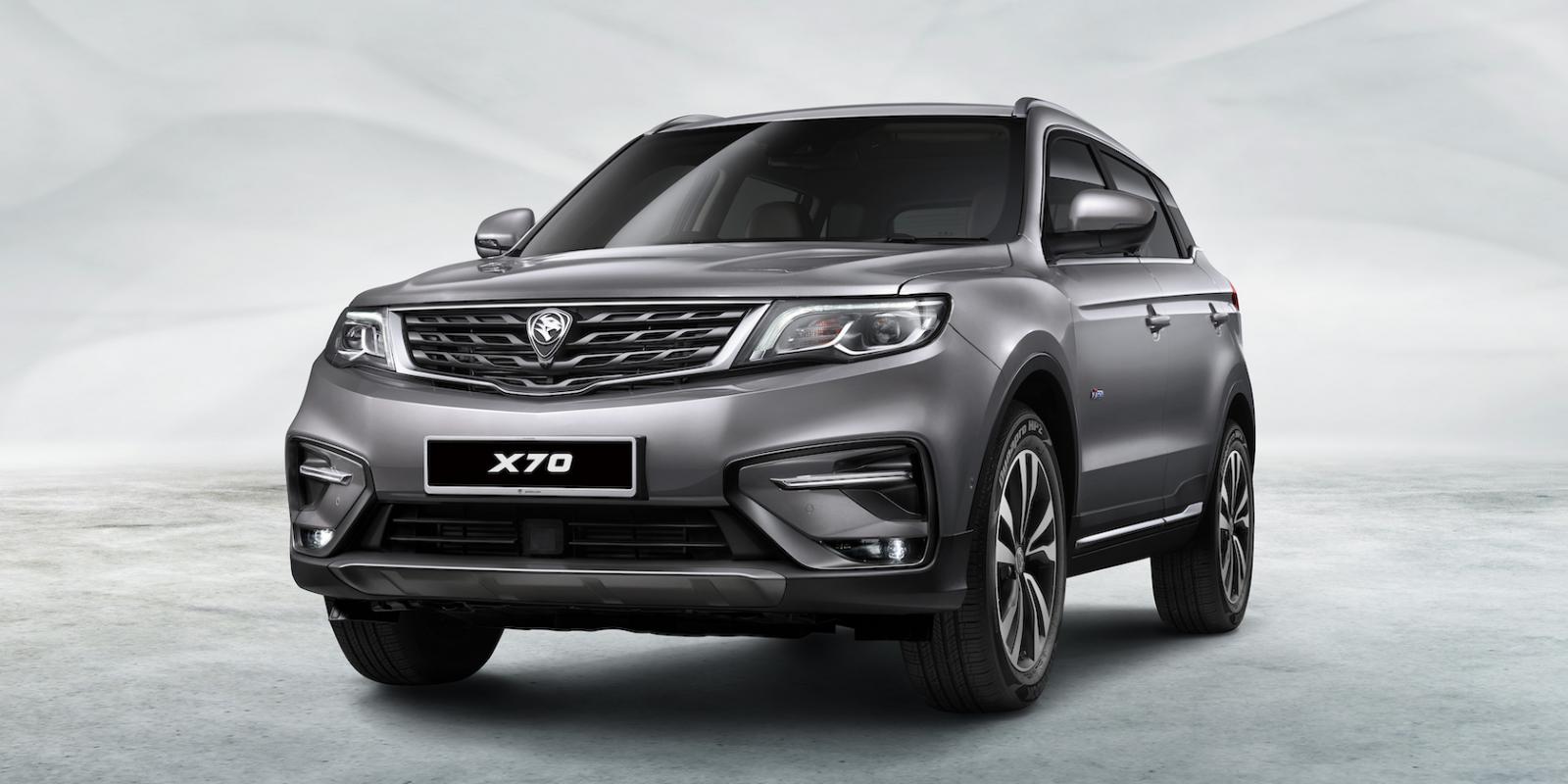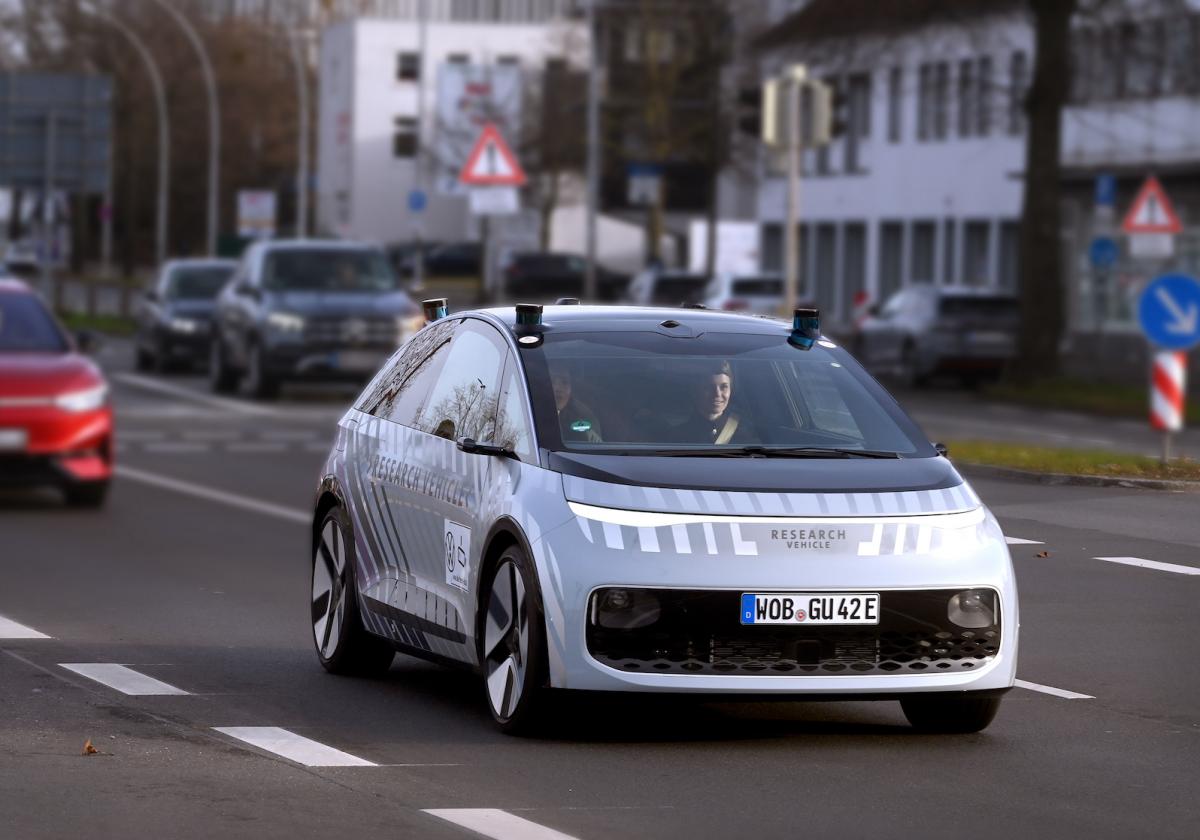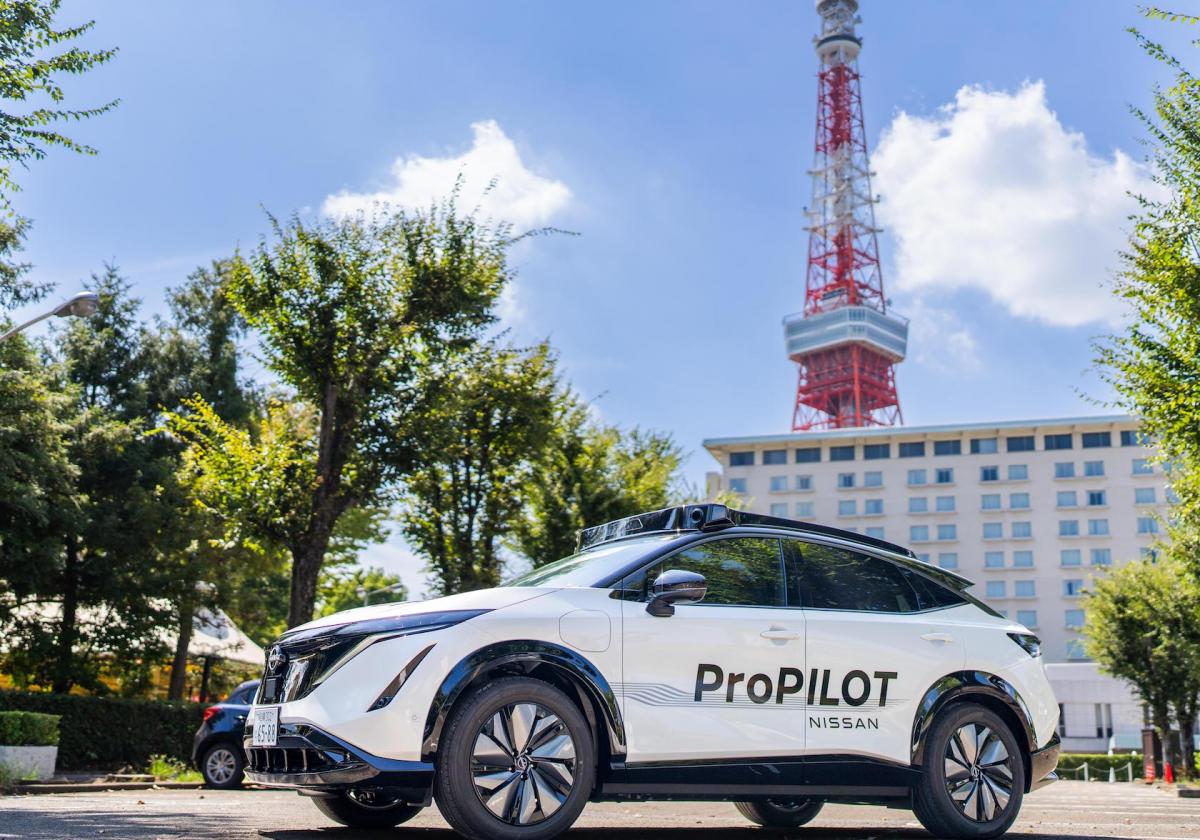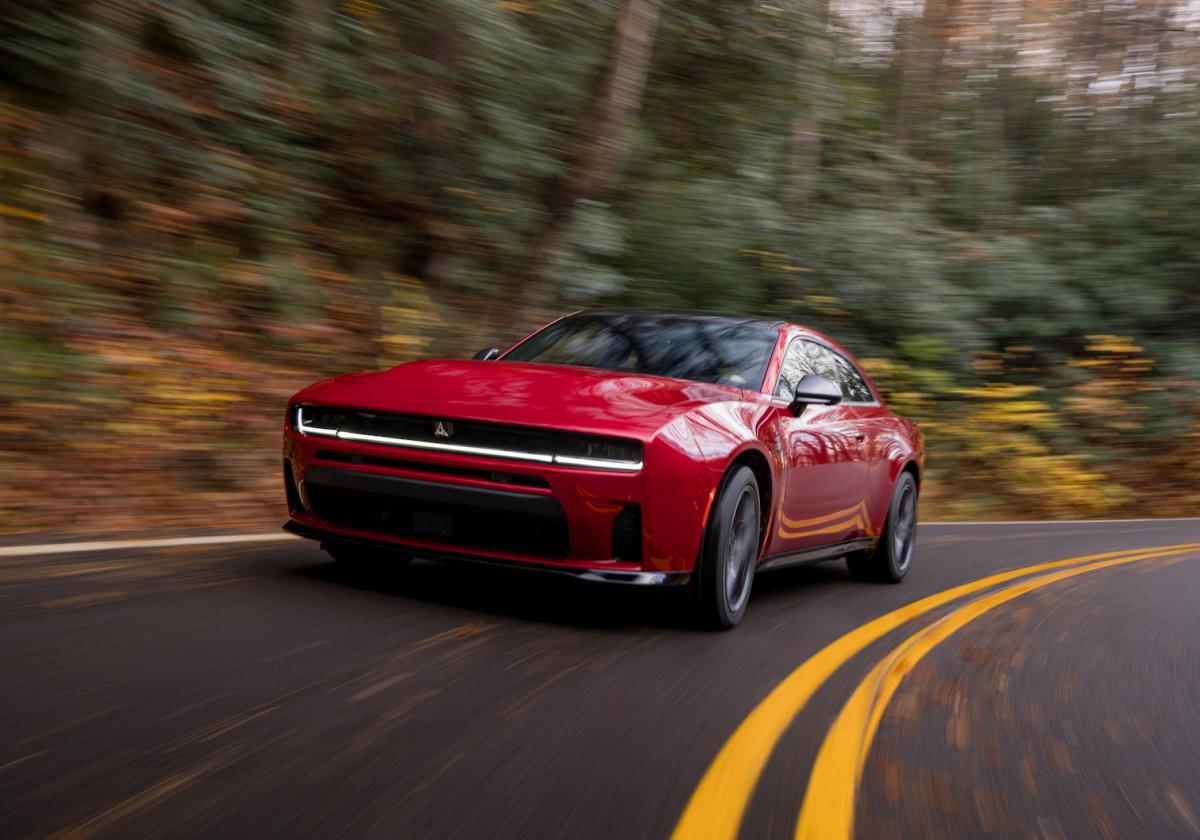Proton has major expansion plans for right-hand-drive markets including the UK and Australia. The Malaysian carmaker is “on the verge of a major global export expansion” that will bring the automaker back to the UK market after a ten-year hiatus.
According to the report in Autocar, Proton may be expanding into “new right-hand-drive markets throughout Asia and South Africa” in addition to Australia and New Zealand, citing a source close to Proton CEO Li Chunrong.
The national automaker will open new and upcoming production facilities at the Automotive Hi-Tech Valley (AHTV) in Perak in western Malaysia. This factory will greatly increase Proton’s production capacity and support the company’s “long-held plans” to expand its global sales.
“With the investments in place, Proton will have the means to return to markets it departed, while also entering new markets,” the source mentioned to Autocar.
A multibillion Ringgit investment plan between DRB-Hicom and Geely, Proton’s co-owner, produced the AHTV. The 16 square kilometre “smart city” would include not just Proton’s factories but also production facilities for foreign automotive suppliers and Geely’s other brands in an effort to establish itself as a hub for the production of Next Generation Vehicles (NxGV) in the region.
Geely, the massive Chinese automaker, intends to invest RM32 billion in AHTV over the course of the next ten years, with the goal of reaching a 500,000-unit annual manufacturing capacity by 2035, of which half will be sold overseas.
Proton will enter major export markets “later this decade,” according to the source, but the research does not provide an official timeline for the RHD market expansion.
CARLIST THOUGHTS
With the help of Geely, Proton looks like becoming a major player in RHD markets far afield including the UK and Australia. Let’s just hope that the brand correctly reads the various market’s needs and supplies vehicles that accurately suit the tastes of each individual market. For example, in the UK, Proton will need to offer suspension systems that suit Britain’s infamous B-roads while in Australia, they will need to cars that can operate in temperatures clearing 42C regularly.







